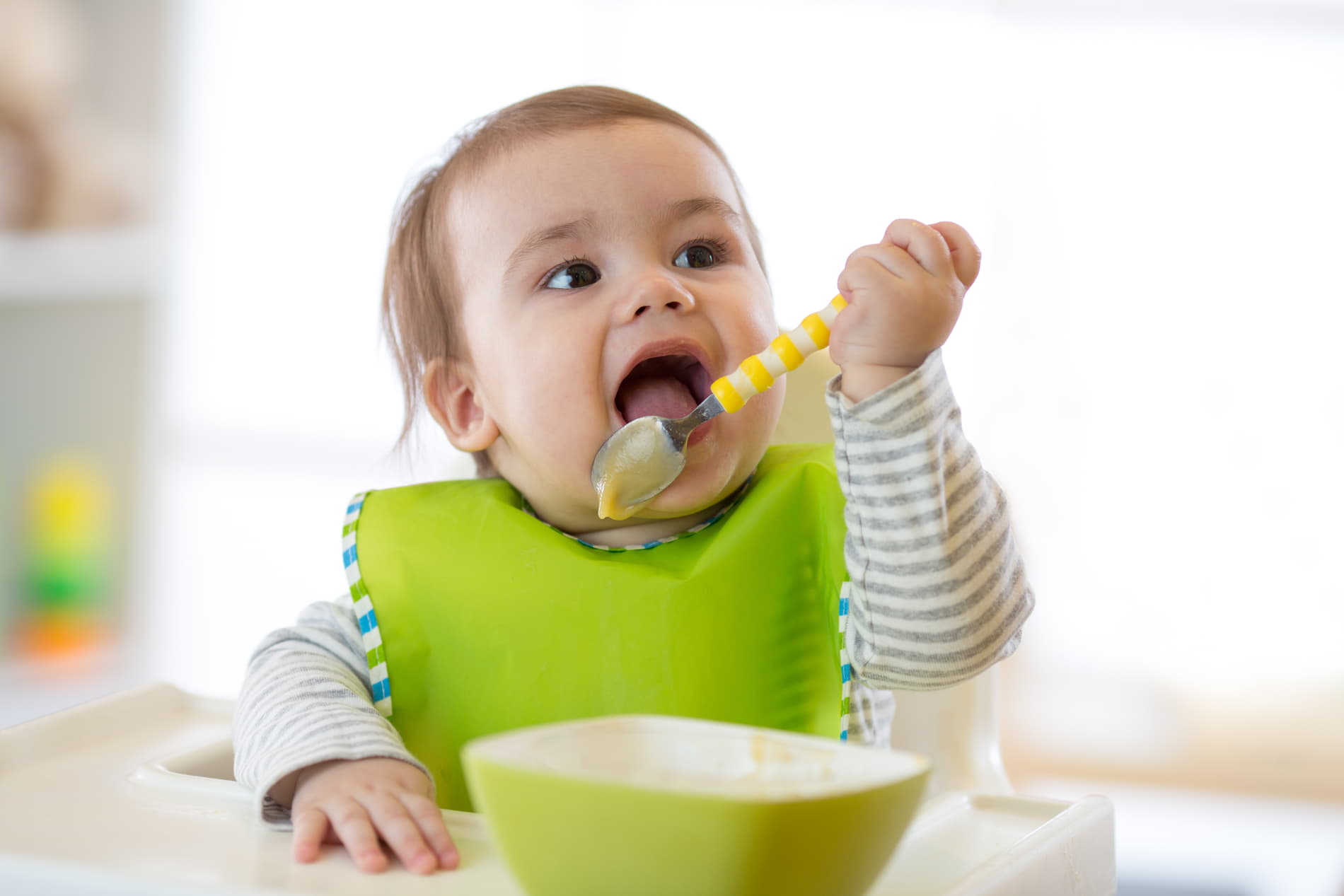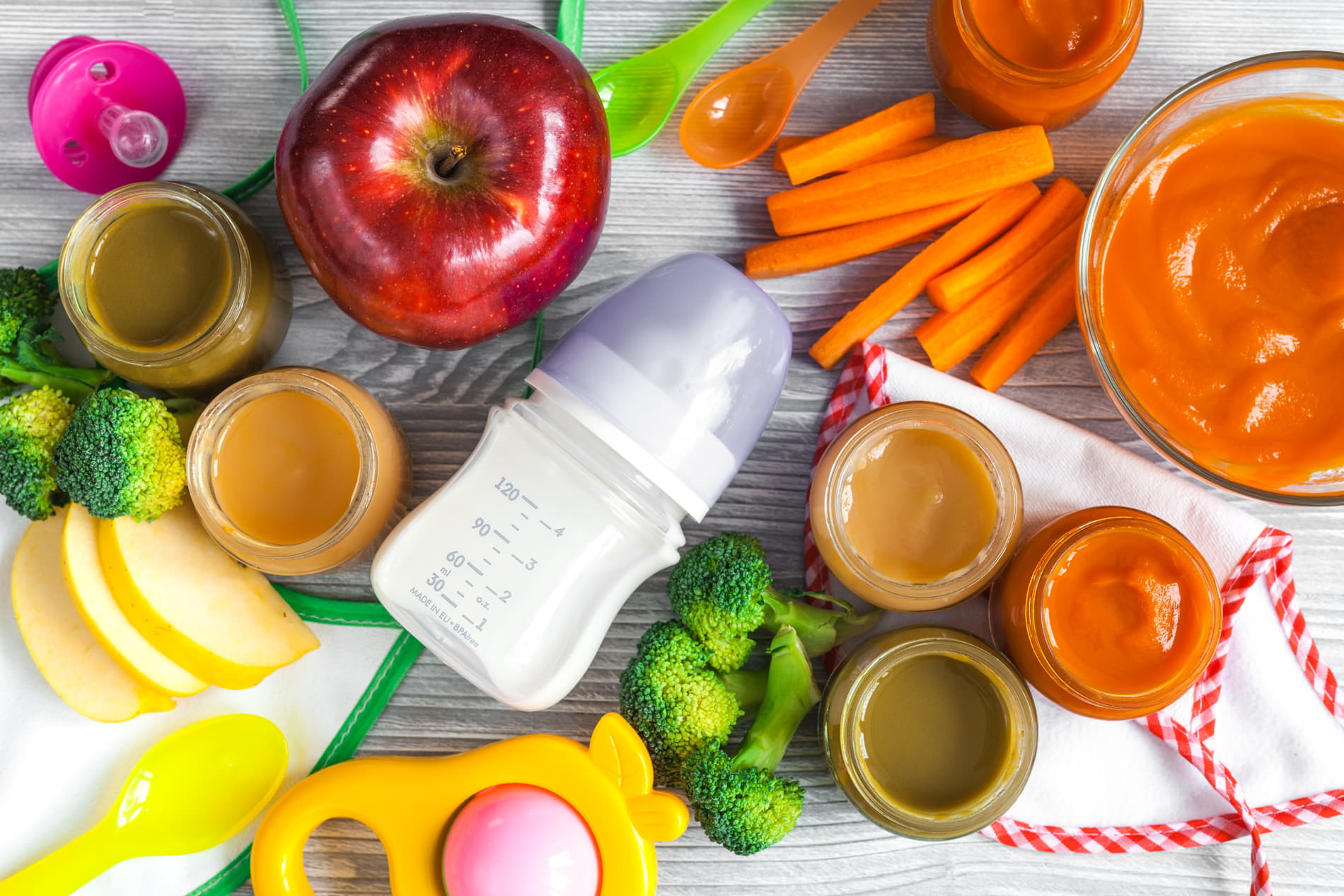Food allergies in babies: are they common?
We tell you about the most common food allergy symptoms in babies. Don’t hesitate in contacting a specialist if your baby suffers from any symptoms.
child care
Share

One of the most important challenges we face when we have a baby is starting supplementary feeding and the introduction of foods. At first, it can be a complex task, not just because of the change in the type and texture of the food, which they will sometimes reject, but also because we may discover a food allergy that we did not know about. For example, an allergy to egg or to a fruit such as peach, which are the most common ones.
We often relate sneezes, diarrhoea or crying to a stomach upset or a cold, but these symptoms may also be related to a type of allergy. When changing to supplementary foods, the usual advice and guidelines provided by all paediatricians is to introduce foods into the baby’s diet a little at a time and one food at a time. This is a technique that allows you to identify which food is causing the allergy or may not be agreeing with your little one.
When a baby suffers an allergic reaction after eating a certain food that is really quite inoffensive, their body responds to that substance as if it were a danger. In order to defend itself, their immune system produces an elevated level of antibodies which are responsible for the swollen tissue.

How do you detect allergies in a baby?
The symptoms for stomach pain and allergies are very similar. For this reason, on many occasions it is very difficult to tell them apart. These are the most common signs:
- Skin symptoms: blemishes or lumps may appear in specific areas or all over the body. On a dermatological level, your baby may also have itches or swelling in the throat, eyes or eyelids.
- Digestive symptoms: you should remain vigilant if your little one experiences abdominal pain, nausea, vomiting or diarrhoea.
- Anaphylaxis: this is the most dangerous allergic reaction. If your baby has symptoms such as paleness of the skin, blueing lips, swollen tongue or difficulties breathing, you should go to the doctor as quickly as possible.

What do I do if our baby has any of these symptoms?
With any type of reaction, apart from going to see a doctor, as we mentioned before, the first step would be to remove the “suspect food” from your baby’s diet. It is also worth pointing out that you should remove all the types of foods that come from the same family as the product that caused the reaction.
Another essential thing to do is to find out what to do if your little one ingests that substance again as, depending on the food they are allergic to, it may be hidden in other foods.
Which are the most common allergies in babies?
The first thing you should know is that any food is able to bring on an allergy; however, these products are the most common ones:
- Cow’s milk
- Eggs
- Nuts (peanuts, almonds, walnuts, hazelnuts, cashews…)
- Soya
- Wheat
- Fish
- Seafood
In general, the majority of food allergies tend to disappear during childhood.






